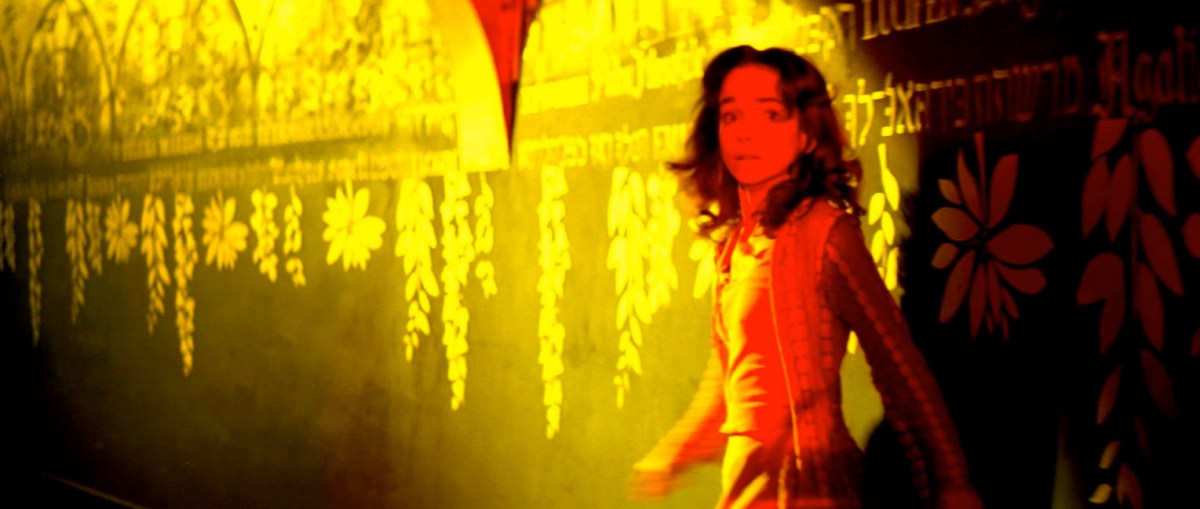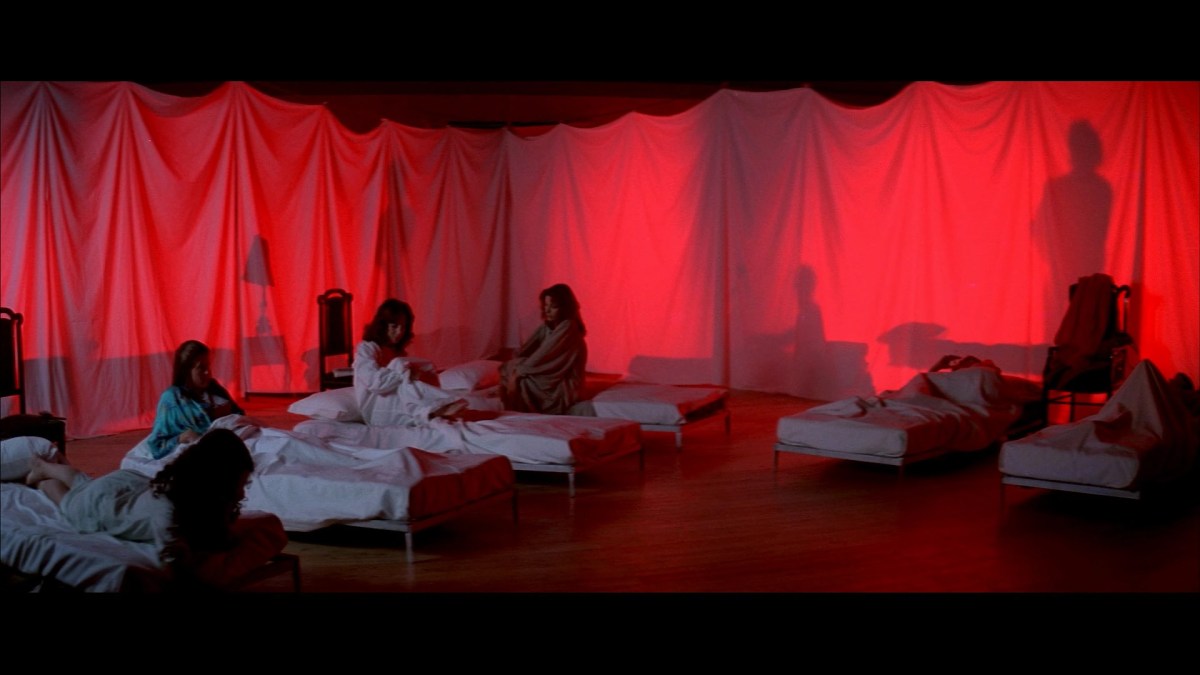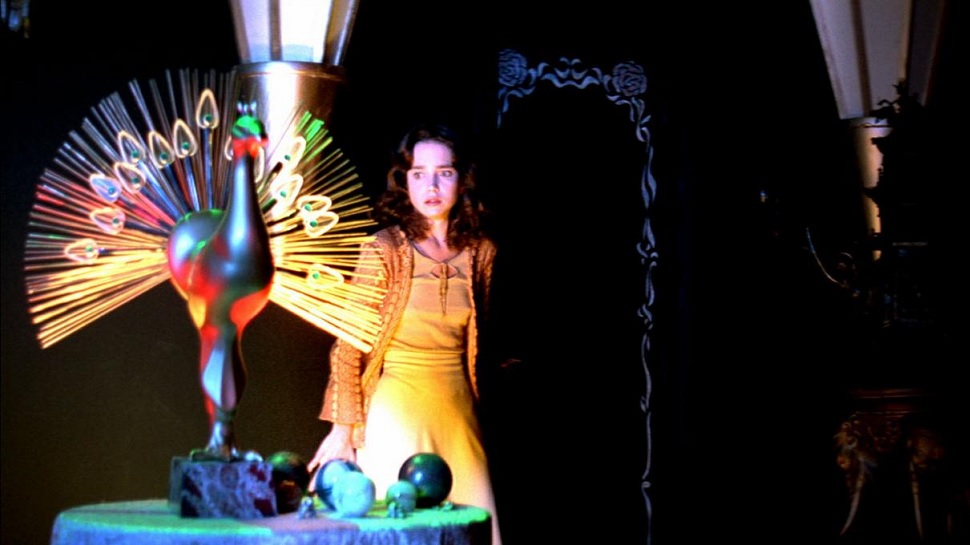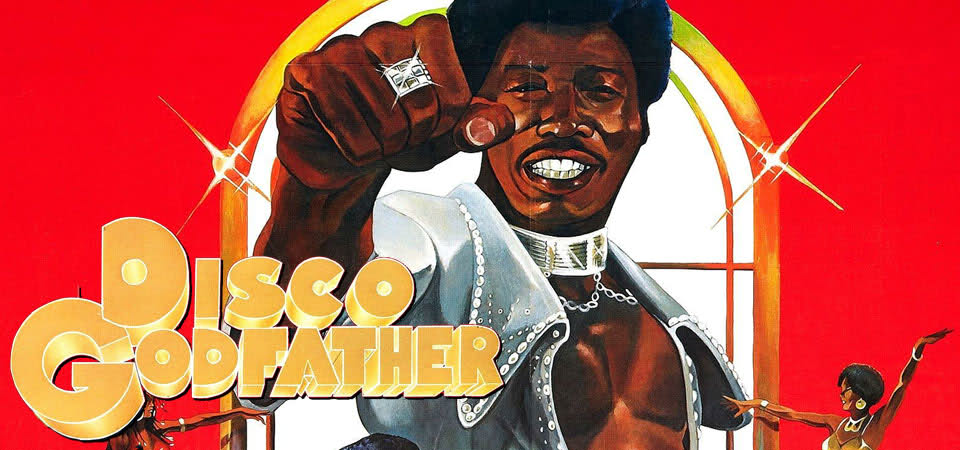(USA 2017)
Even with the healthy skepticism I have for all things Steven Spielberg, I was looking forward to The Post, His Schmaltziness’s latest historical drama. The subject and the impressive cast built expectations (for me, anyway) along the lines of All the President’s Men (https://moviebloke.com/2015/11/29/all-the-presidents-men/). Turns out that’s not quite what The Post is.
Set in 1971, The Post is a dramatization of newspaper heiress Katharine Graham’s (Meryl Streep) agonizing decision to publish excerpts of the classified Pentagon Papers in The Washington Post — on the eve of the paper’s public stock offering. It was a now-or-never moment with big consequences for her, the paper, and the nation. Editor Ben Bradlee (Tom Hanks) is determined to publish the rest of the story, president and shareholders be damned.
Recall that the Pentagon Papers detailed the shady origins and the federal government’s ongoing misleading of the American public about the efficacy of the Vietnam War. The New York Times broke the story using the same source, former government contractor Daniel Ellsberg (Matthew Rhys), but was slapped with an injunction that halted its coverage.
The Post is a decent historical thriller, I’ll give it that. Liz Hannah and Josh Singer’s screenplay is accurate, at least as far as the events here. The narrative is timely, loaded with dramatic tension and suspence even if the ending is rushed. In typical fashion, though, Spielberg is heavyhanded and overly sentimental. That long shot of Graham walking through a crowd of women of all ages as she leaves the courthouse of the U.S. Supreme Court and her monologue to her daughter are fine examples of what I’m talking about. Gag.
As far as Streep’s performance, I didn’t consider this a standout for her. She’s always good, but I’m probably not going to remember her for this one.
I found The Post overrated. It plays to something obvious. I wasn’t bored, but I wasn’t impressed, either. Bridge of Spies (https://moviebloke.com/2016/02/25/bridge-of-spies/), which I didn’t love, was more interesting.
With Sarah Paulson, Bob Odenkirk, Tracy Letts. Bradley Whitford, Bruce Greenwood, Alison Brie, Carrie Coon, Jesse Plemons, David Cross, Zach Woods, Pat Healy, John Rue, Rick Holmes, Philip Casnoff, Jessie Mueller, Stark Sands, Michael Cyril Creighton, Will Denton, Deirdre Lovejoy, Michael Devine, Kelly Miller, Jennifer Dundas, Austyn Johnson, Brent Langdon, Michael Stuhlbarg, Deborah Green, Gary Wilmes, Christopher Innvar, Luke Slattery, Justin Swain, Robert McKay, Sasha Spielberg
Production: DreamWorks Pictures, 20th Century Fox, Amblin Entertainment, Participant Media, Pascal Pictures, Star Thrower Entertainment, River Road Entertainment
Distribution: 20th Century Fox (USA / Canada), Universal Pictures International (UPI) (International), United International Pictures (UIP) (International), Entertainment One Benelux (Netherlands), Forum Film Slovakia (Slovakia), NOS Audiovisuais (Portugal), Vertical Entertainment (Czech Republic), eOne Films Spain (Spain), Odeon (Greece), Columbia Pictures (Philippines), Toho-Towa (Japan)
116 minutes
Rated PG-13
(AMC River East) C+
https://www.foxmovies.com/movies/the-post




















